Can You Turn Your Gopro Into A Webcam?
In recent years, the demand for high-quality webcams has surged, driven by the rise of remote work, online education, and virtual social interactions. As a result, many people have sought alternatives to traditional webcams, which often suffer from poor image quality and limited functionality. One popular alternative is using a GoPro camera as a webcam. GoPro cameras are renowned for their exceptional video quality, durability, and versatility, making them an attractive option for those looking to enhance their video conferencing experience. In this article, we will explore how to turn your GoPro into a webcam, the benefits of doing so, and practical tips to ensure a seamless setup.
Why Use a GoPro as a Webcam?
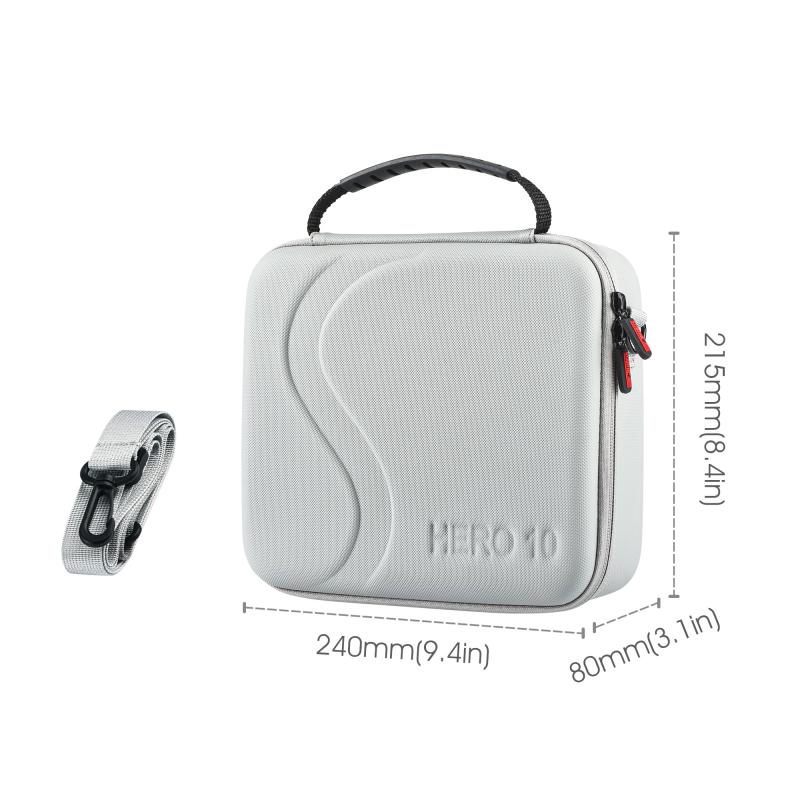
Before diving into the technical details, it's important to understand why you might want to use a GoPro as a webcam. Here are some compelling reasons:
1. Superior Image Quality: GoPro cameras are designed to capture high-definition video, often in 4K resolution. This is a significant upgrade from the typical 720p or 1080p resolution offered by standard webcams.
2. Wide-Angle Lens: GoPros come with wide-angle lenses that can capture more of your surroundings, making them ideal for group meetings or presentations where a broader field of view is beneficial.
3. Portability and Durability: GoPros are compact, lightweight, and built to withstand harsh conditions. This makes them easy to transport and set up in various locations.
4. Versatility: Beyond being a webcam, a GoPro can be used for a multitude of other purposes, such as action photography, vlogging, and live streaming.
Requirements for Using a GoPro as a Webcam
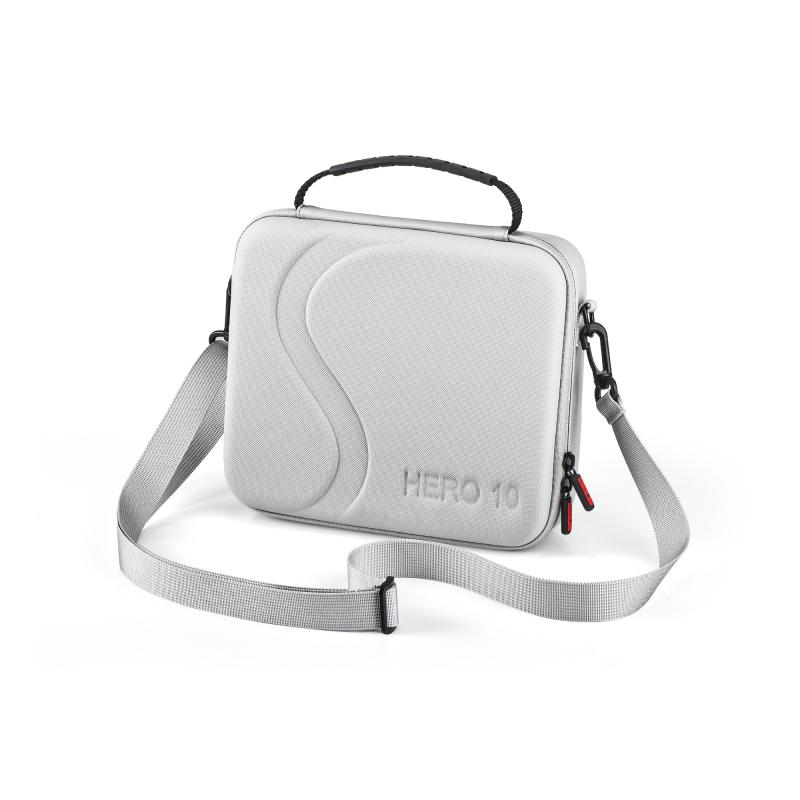
To use your GoPro as a webcam, you will need the following:
1. GoPro Camera: Most modern GoPro models, such as the HERO8 Black, HERO9 Black, and HERO10 Black, support webcam functionality. Ensure your GoPro firmware is up to date.
2. USB-C Cable: A USB-C cable is required to connect your GoPro to your computer.
3. GoPro Webcam Software: GoPro provides official webcam software that you can download from their website. This software is compatible with both Windows and macOS.
4. Mount or Tripod: To position your GoPro at the desired angle, you may need a mount or tripod.
Step-by-Step Guide to Setting Up Your GoPro as a Webcam
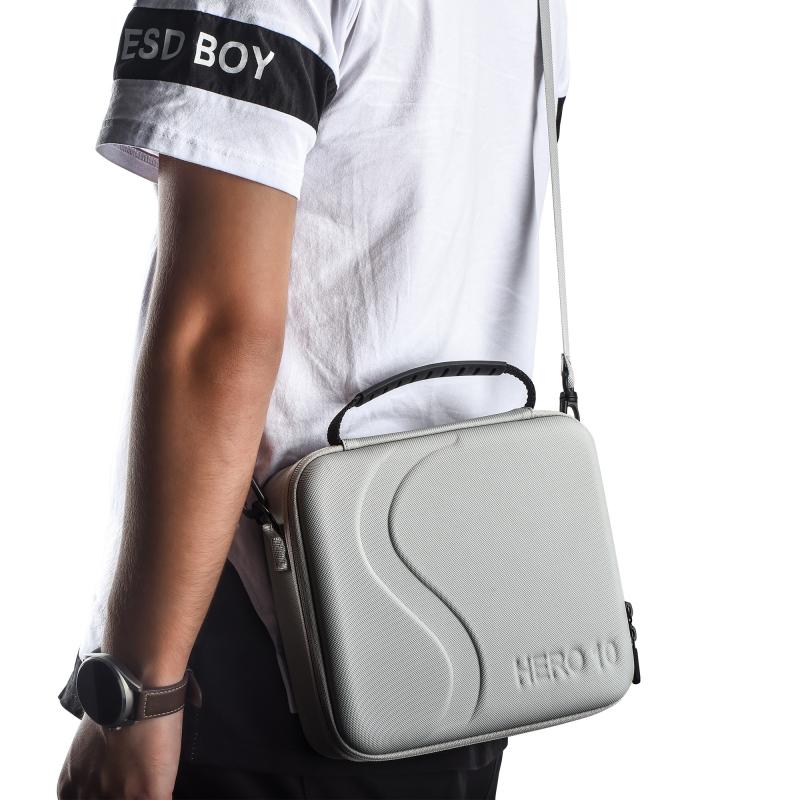
Step 1: Update Your GoPro Firmware
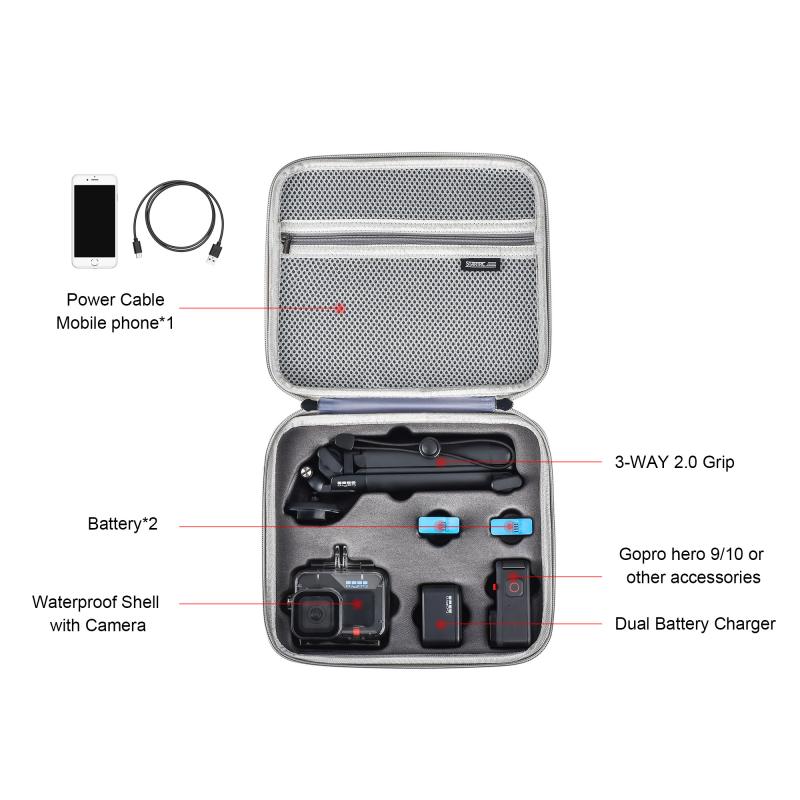
First, ensure that your GoPro camera has the latest firmware installed. You can update the firmware through the GoPro app on your smartphone or by downloading the update from the GoPro website and following the instructions.
Step 2: Download and Install GoPro Webcam Software
Visit the GoPro website and download the GoPro Webcam software for your operating system (Windows or macOS). Follow the installation instructions provided on the website.
Step 3: Connect Your GoPro to Your Computer
Use the USB-C cable to connect your GoPro to your computer. Once connected, power on your GoPro.
Step 4: Configure GoPro Webcam Settings
Open the GoPro Webcam software on your computer. You should see a preview of the video feed from your GoPro. Adjust the settings as needed, such as resolution and field of view.
Step 5: Select GoPro as Your Webcam in Video Conferencing Apps
Open your preferred video conferencing application (e.g., Zoom, Microsoft Teams, Skype) and navigate to the video settings. Select "GoPro Webcam" as your camera source. You should now see the video feed from your GoPro in the application.
Tips for Optimizing Your GoPro Webcam Setup
1. Lighting: Good lighting is crucial for high-quality video. Ensure you have adequate lighting in your environment, and consider using additional light sources if necessary.
2. Positioning: Use a mount or tripod to position your GoPro at eye level for a more natural and professional appearance.
3. Audio: While GoPros have built-in microphones, the audio quality may not be ideal for video conferencing. Consider using an external microphone for better sound quality.
4. Battery Life: If you plan to use your GoPro for extended periods, ensure it is connected to a power source to prevent the battery from draining.
5. Network Connection: A stable internet connection is essential for smooth video streaming. Use a wired connection if possible to avoid potential issues with Wi-Fi.
Troubleshooting Common Issues
Despite the benefits, you may encounter some challenges when using a GoPro as a webcam. Here are common issues and their solutions:
1. No Video Feed: If the video feed is not appearing in the GoPro Webcam software, ensure that the camera is properly connected and powered on. Try using a different USB-C cable or port.
2. Poor Video Quality: If the video quality is not as expected, check the resolution settings in the GoPro Webcam software and ensure you have adequate lighting.
3. Audio Issues: If the audio quality is poor, consider using an external microphone. Ensure that the correct audio input is selected in your video conferencing application.
4. Software Compatibility: Ensure that you are using the latest version of the GoPro Webcam software and that your operating system is up to date.
Turning your GoPro into a webcam is a practical and effective way to enhance your video conferencing experience. With superior image quality, a wide-angle lens, and the versatility of a GoPro camera, you can achieve professional-grade video for meetings, presentations, and virtual social interactions. By following the steps outlined in this article and optimizing your setup, you can make the most of your GoPro as a webcam and enjoy a seamless and high-quality video experience. Whether you're working from home, attending online classes, or connecting with friends and family, a GoPro webcam setup can significantly improve your virtual interactions.












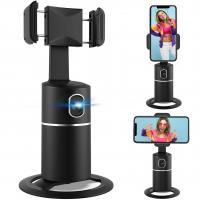
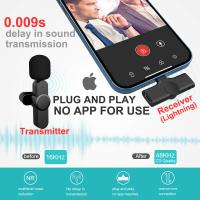
There are no comments for this blog.